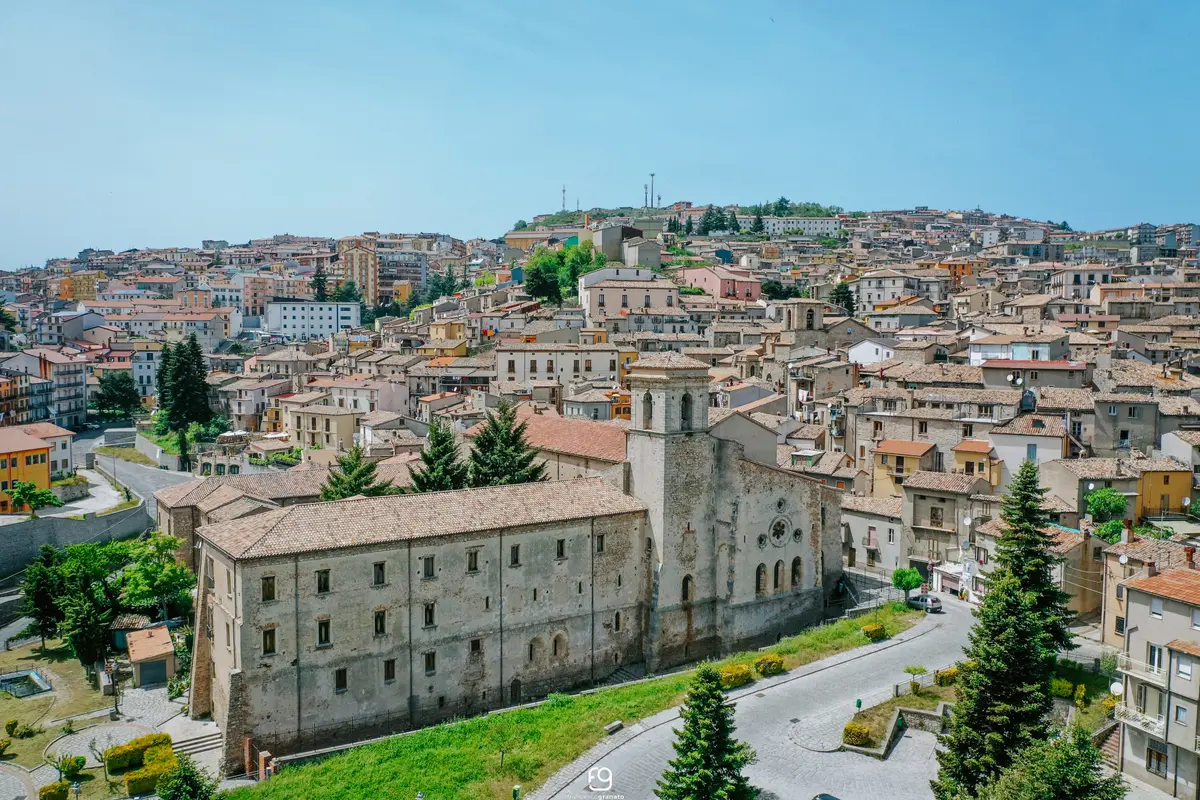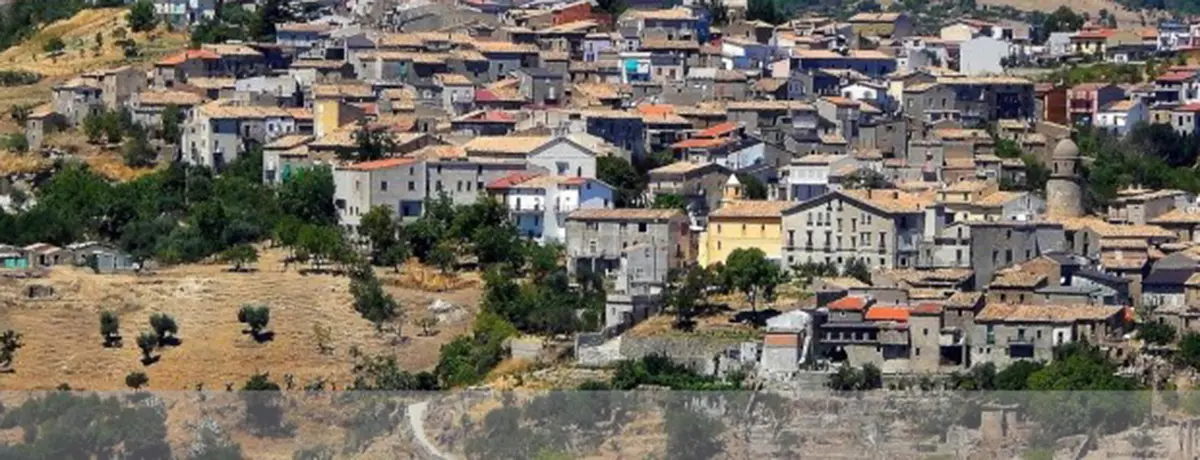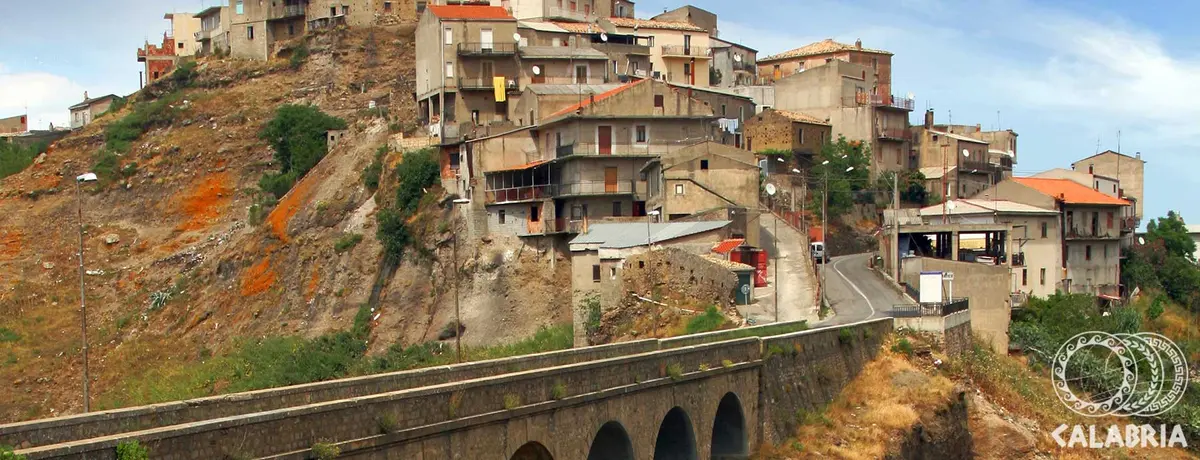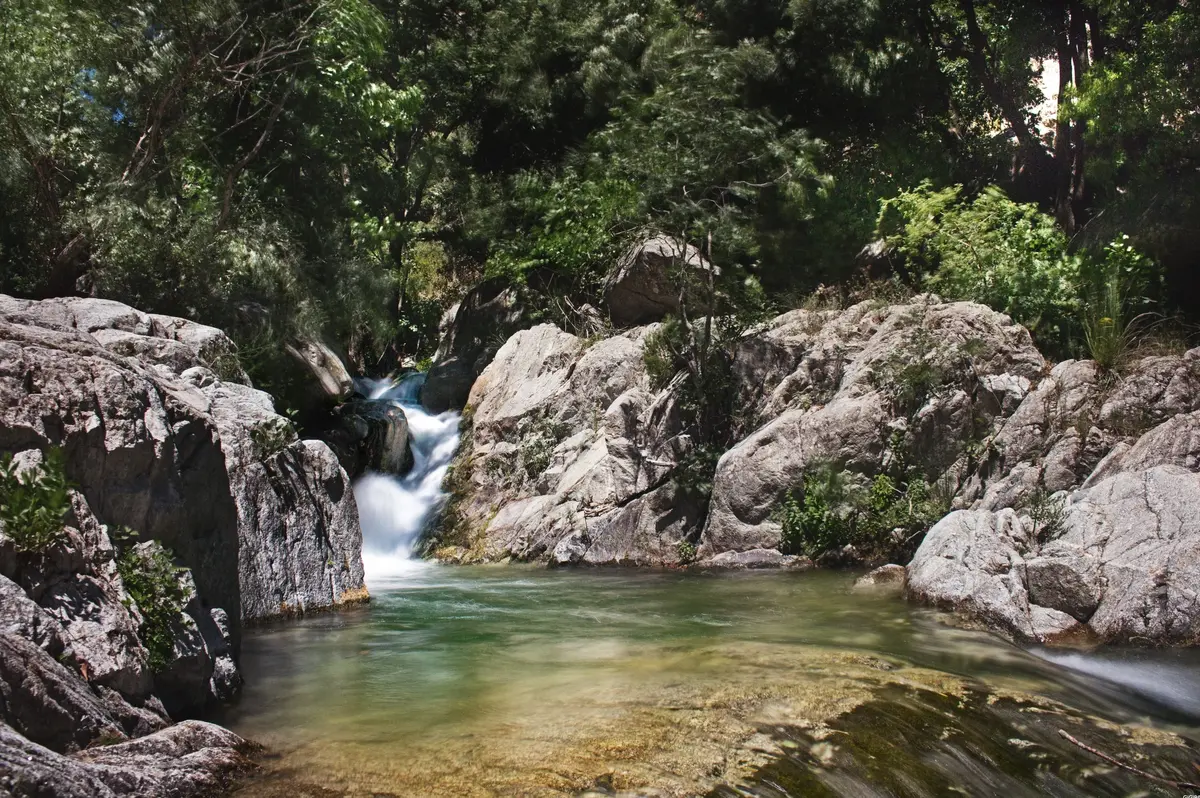Cerenzia
Cerenzia, the mysterious appeal of old Akerentia

Town
Some Italian villages conceal mysteries that at times not even the inhabitants can explain and attract the curiosity of tourists, lovers of the unknown and legends.
One of these ‘mysterious’ villages is certainly Cerenzia, a very old Calabrian village in the province of Crotone, founded by pre-Roman peoples.
Despite the desertion, the relationship of the townspeople with their old town has never been interrupted.
History and myth blend on the name of Cerenzia, giving it a special veil of mystery. Some people believe it was founded by the Oenotrians, and others the mythical Philoctetes, the town was encircled by very high natural walls and dominated, as it still dominates, the River Lese valley, perhaps once called Acheron, from which the etymology. Cerenzia has experienced a number of research digs conducted by the Superintendency for the Archaeological Assets of Calabria in recent years. It’s now the site of an interesting archaeological park, of notable landscape value that is still being completed by the municipal council with the support of the Superintendency. When many villages in the surrounding area were just villages, Cerenzia was already an important and glorious byzantine town. There are still clear traces of a reasonably-sized town on the plateau where the old centre was. A sacred building, of which much remains, and extensive remains of a more elaborate building, indicated as the bishop’s palace, stand out. The inhabitants left the town progressively, forced to go by continuous collapses of walls, difficulties with the supply of drinking water, malaria and earthquakes and, around the middle of the 19th century, the town was definitively abandoned and the remaining inhabitants moved to the current site. Despite the desertion, the relationship of the townspeople with their old town has never been interrupted. There’s a continuous pilgrimage to visit the remains of the old town and this becomes a procession of the whole village for the Ecce Homo festival.
The Archaeological Park of Akerentia
The Archaeological Park of Akerentia is one of the greatest examples of the Presila Crotonese landscape, given the excellent conservation conditions and the total lack of invasive elements. The cliff, consisting of chalky-sulphurous rocks, has landslides and various proposals to protect it have been made and it is subject to restrictions. Almost the whole cliff has been acquired for the municipal heritage of Cerenzia for the purpose of an ‘Archaeological Park’.
The legend of the seven-headed dragon
The renown of Cerenzia is linked to a 16th century legend which is still passed on by the natives of the town. In 1528, the inhabitants of Cerenzia were queuing for their daily ration of water when they were suddenly faced with a seven-headed, fire-breathing dragon. The people of Cerenzia fleeing asked the bishop for help and he advised them to ask St Theodore of Amasea for help as he was the only one able to kill the largest and most ferocious beast in the world with a single sword stroke.
On 9 November 1528, the people of Cerenzia, led by the saint condottiero, went to wake the dragon in the cave, carrying it outside where St Theodore pierced an eye and killed it. Full of gratitude, the inhabitants of Cerenzia elected St Theodore as protector of the village and, since then, the anniversary of his undertaking is celebrated every 9 November. There’s a picture in the church first dedicated to San Leone and then St Theodore of Amasea in which the soldier martyr is shown with seven dragon tongues on his head.
Church of San Teodoro
This building, which may have been a hermitage, seems to have undergone extensive changes and perhaps the original orientation of the main body of the church has changed. There are traces of very old cotto arches in the outside right, perhaps relieving arches. The exterior is in exposed stone with a gabled roof and a smaller body with an apse to the right. The bells were inserted in the nave, supported by masonry elements. There is an annexed monastery which communicates with the church through a door to the left of the main altar. Recent restoration has given the outside a pleasing appearance while the interior is of no stylistic interest and preserves fragments of a lovely Baroque altar in white and coloured marble. There is a wooden crucifix dated to the 18th century in the first arch on the left.
Wine and food
The local gastronomy has simple, old origins. Pork, eggs, cheese, olives, field vegetables and legumes are at the base of all the dishes. The Tiella ‘e cucuzzialli e patate (a courgette and potato flan), a very common recipe in the past which continues to be used as it exploits the typical ingredients of the area, must be tried. Layers of potatoes and sliced courgettes, filled with grated cheese, soft breadcrumbs, basil, some pieces of ripe tomato, black pepper, salt, garlic and a bay leaf, are alternated in a baking tray. ‘A sauza has become the traditional dish of Cerenzia because of a fair that celebrates it. Tender broad beans are used without shelling them; they’re cooked in boiling water. Drained, they’re lightly fried in oil, mint, garlic, vinegar and soft breadcrumbs until they form a ‘pappardella’ which is served cold, sometimes accompanied by pork bacon and white wine.
Useful information
What to know about Cerenzia
Where to Sleep
There are 2 available accommodations.
Places
There are 1 places to visit.
Travel Ideas
There are 3 travel ideas.
Infopoint Cerenzia
Cerenzia
No result









